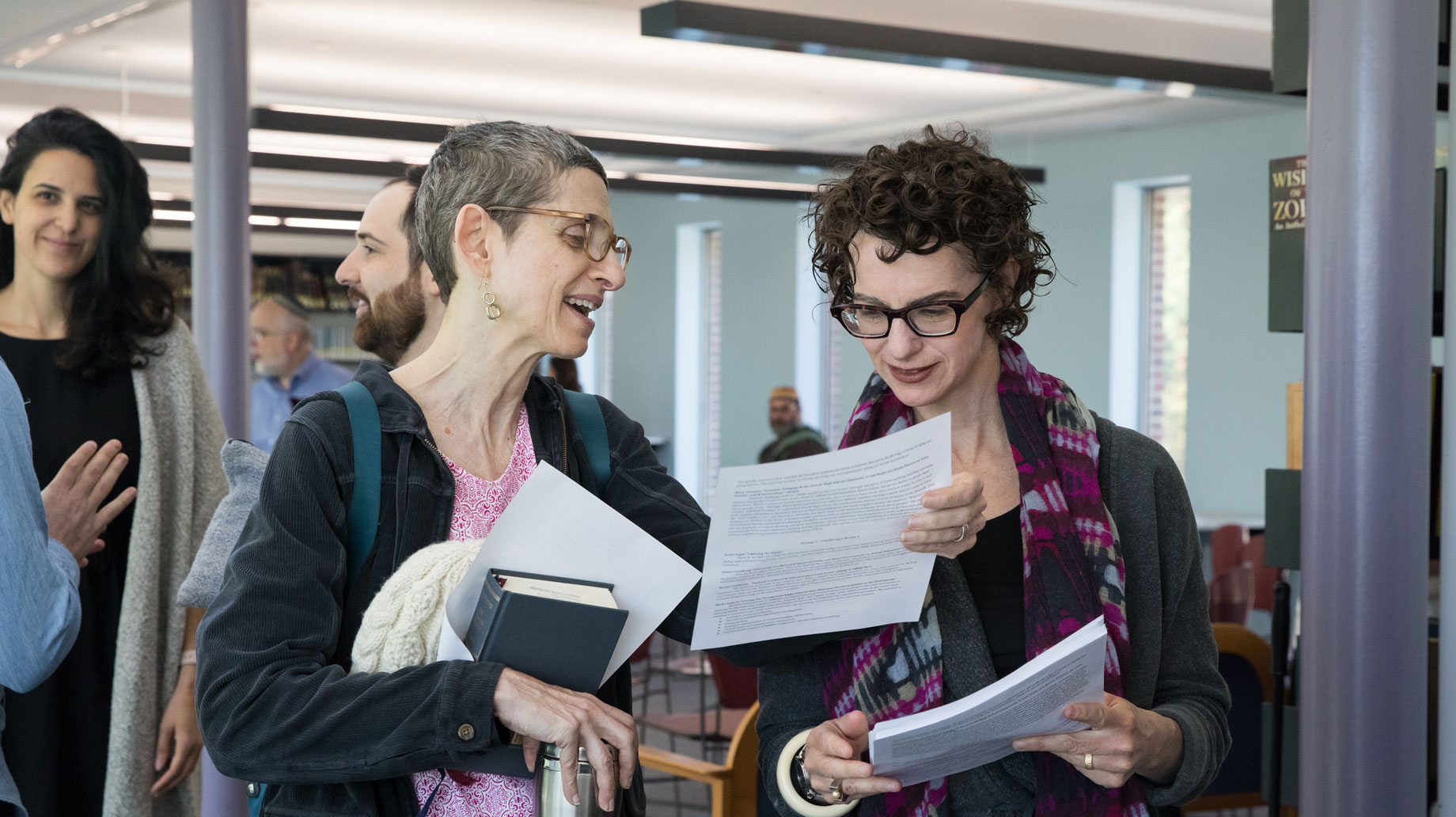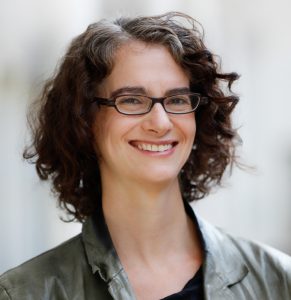Community Blog What does the Talmud have to do with Rabbinic Identity?

Rabbinical School professors think studying Talmud is central to the training of rabbis and to rabbinic identity formation. But is it?
Hebrew College Associate Professor of Rabbinics Rabbi Jane Kanarek wants to find out.
Thanks to a partnership with the Jack, Joseph and Morton Mandel Center for Studies in Jewish Education at Brandeis University, Rabbi Kanarek is applying modern-day data inquiry to the Talmud through a new research project, “Talmud and Rabbinic Formation.” Together with sociologist Katie Light Soloway, Rabbi Kanarek was able to gather interview data from thirty-two rabbinical students from five different rabbinical schools—Hebrew College, the Jewish Theological Seminary, the Reconstructionist Rabbinical College, Yeshivat Maharat, and RIETS at Yeshiva University—about their journeys studying Talmud before and during rabbinical school.
And the similarities and differences are striking, she says.
“It’s interesting to see how many overlapping experiences these students have had and what brings them to rabbinical school. It’s really amazing because we have never had this collection of voices from so many different seminaries—to listen to these students and to have a chance to have them welcome us into their inner worlds,” said Rabbi Kanarek. “And there’s a big implication for how we think about Talmud in rabbinical school.”
Until now, Rabbi Kanarek’s research has focused on exploring and reflecting on her own teaching and working with her colleagues at other rabbinical schools to do the same. She said she became interested in this new research because she realized that teacher perceptions of what’s going on with rabbinical students’ learning might not match the way the students feel.
“There hasn’t been any research that looked at how rabbinical students perceive their study of Talmud,” she said. “I just realized that in my own work, much as I have been trying to listen to student voices, I hadn’t listened enough. So I wanted to flip the tables, and say, ‘why don’t we not just hypothesize, but actually ask students?’”
The questions she’s posing address whether it is more effective to learn Talmud slowly or quickly and what that means the formation of one’s rabbinic identity in terms of communal membership, belonging, and anxiety about authenticity. For the students, learning quickly means covering a lot of material without attention to the smaller details. Learning slowly means learning less material but studying it more deeply. She believes her research will contribute to larger conversations about pedagogy, religion, and identity formation, and have implications for rabbinical school faculty, as well as teachers in Jewish day schools.
In fact, Rabbi Kanarek herself realizes she may have to change her teaching style.
“I’m a teacher that very much believes in ‘slowing down.’ I am not a fan of really ‘quick learning’—I didn’t enjoy reading a section of the Talmud each day during Daf Yomi,” Rabbi Kanarak said. “But all of these students talking about ‘learning quickly’ has pushed me. I have to take this desire of students to cover material more seriously….If you understand more, I believe, you can become a better teacher.”


